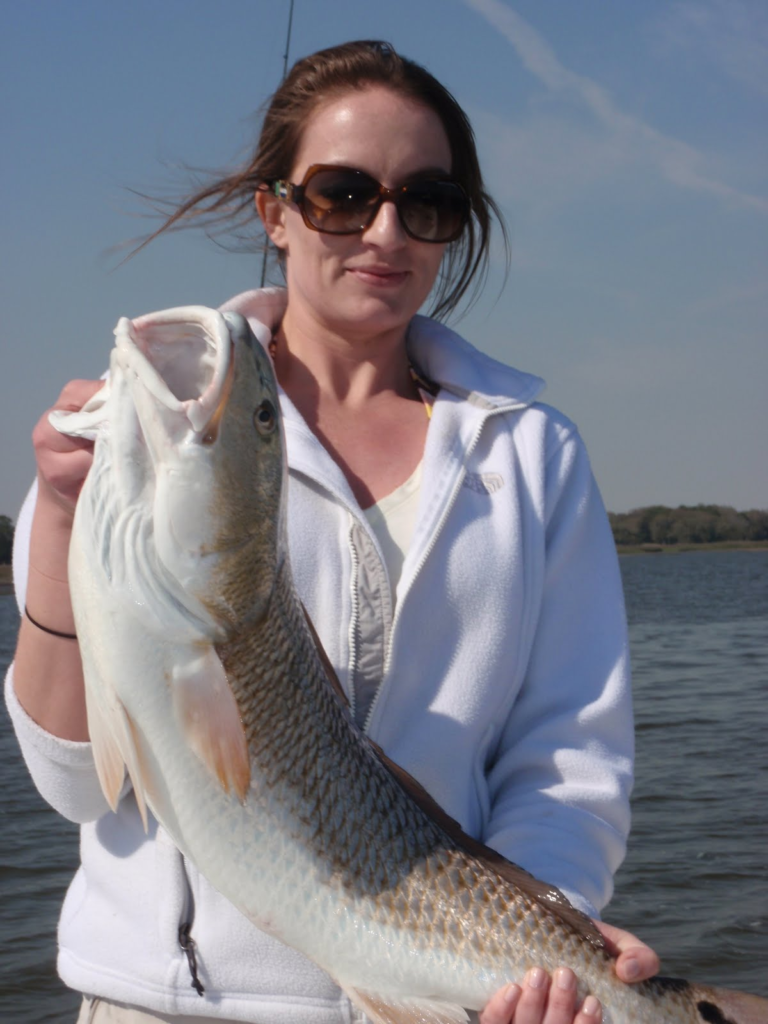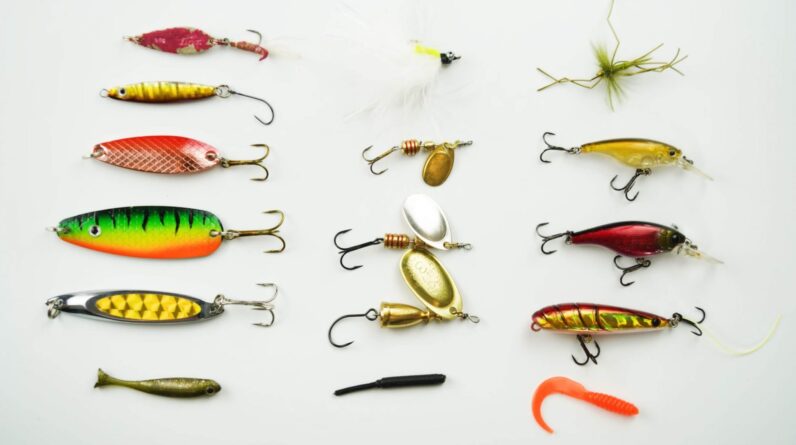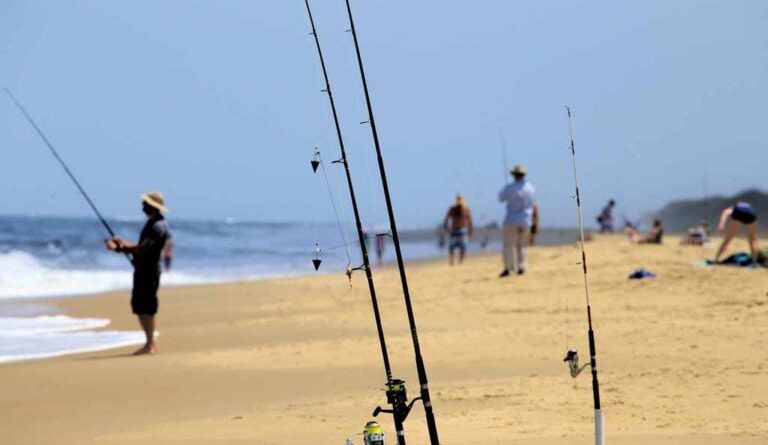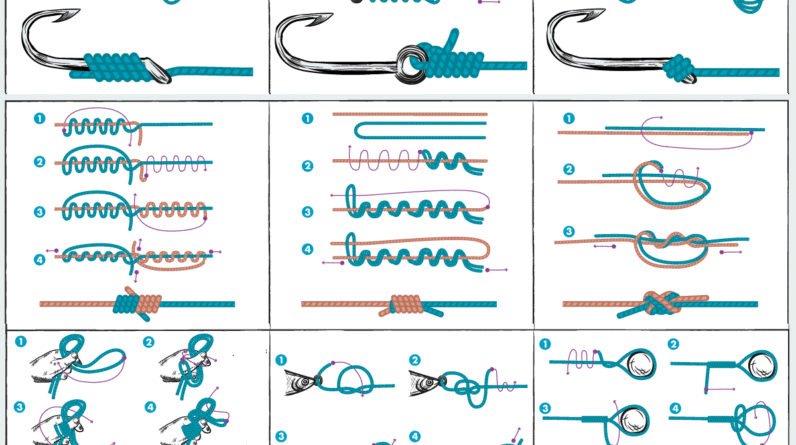Introduction
Inshore fishing in Savannah, Georgia, offers a unique and exhilarating experience for anglers of all levels. Nestled along the southeastern coast of the United States, Savannah’s rich estuaries, tidal rivers, and scenic coastline provide a thriving habitat for a variety of inshore fish species. Whether you’re a seasoned fisherman or a beginner looking to cast your first line, this comprehensive guide by Cheerfulfisherman.com will help you navigate the waters of Savannah, GA, and make the most of your inshore fishing adventure.
For a couple of years, I kept my boat there and had the opportunity to enjoy local fishing while immersing myself in the rich history of the area and savoring the incredible food. Savannah’s blend of Southern charm and natural beauty creates an idyllic backdrop for any fishing excursion. From the bustling waterfront to the tranquil marshlands, every trip on the water is an adventure waiting to unfold. Anglers can expect to encounter a diverse array of fish species, such as redfish, trout, flounder, and sheepshead, each offering its own unique challenge and reward. Whether you’re fishing from a boat, kayak, or the shoreline, the serene landscapes and abundant wildlife make every moment memorable.
Table of Contents
- Understanding Inshore Fishing
- The Best Time to Fish in Savannah
- Top Inshore Fishing Spots in Savannah
- Common Inshore Fish Species
- Essential Gear and Tackle
- Best Baits and Lures
- Inshore Fishing Techniques
- Local Regulations and Licensing
- Hiring a Fishing Charter
- Tips for a Successful Fishing Trip
- Conclusion
1. Understanding Inshore Fishing
Inshore fishing typically involves fishing in shallow coastal waters, estuaries, and tidal creeks, usually within a few miles from shore. The targeted fish species are often found in waters less than 30 meters deep. The unique environment of Savannah, with its complex network of rivers, marshes, and coastal areas, provides an ideal setting for inshore fishing.
Benefits of Inshore Fishing
- Accessibility: Unlike deep-sea fishing, inshore fishing doesn’t require a large boat or extensive travel.
- Variety of Species: The diverse ecosystems support a wide range of fish species.
- Scenic Views: Fishing in coastal areas offers beautiful landscapes and wildlife sightings.
- Family-Friendly: Suitable for anglers of all ages and skill levels.

2. The Best Time to Fish in Savannah
The fishing season in Savannah is influenced by the region’s subtropical climate, with mild winters and hot, humid summers. Here’s a breakdown of the best times to fish:
Spring (March to May)
- Target Species: Redfish, Speckled Trout, Flounder
- Advantages: Mild temperatures, active fish
- Tips: Focus on estuaries and tidal creeks.
Summer (June to August)
- Target Species: Tarpon, Jack Crevalle, Shark
- Advantages: Longer days, more fishing time
- Tips: Fish early morning or late evening to avoid the heat.
Fall (September to November)
- Target Species: Redfish, Flounder, Sheepshead
- Advantages: Cooler temperatures, abundant fish
- Tips: Use live bait for best results.
Winter (December to February)
- Target Species: Redfish, Speckled Trout
- Advantages: Less crowded, cooler water temperatures
- Tips: Fish deeper channels and slower-moving waters.

3. Top Inshore Fishing Spots in Savannah
Savannah offers numerous prime locations for inshore fishing. Here are some top spots:
Savannah River
- Description: The river flows through the heart of Savannah, offering easy access to productive fishing spots.
- Target Species: Redfish, Speckled Trout, Flounder
- Tips: Focus on docks, piers, and bridge pilings.
Wassaw Sound
- Description: A coastal inlet with marshes, tidal creeks, and oyster beds.
- Target Species: Redfish, Speckled Trout, Sheepshead
- Tips: Use live shrimp or cut bait near oyster beds.
Skidaway River
- Description: A tidal river with abundant marshlands and deep channels.
- Target Species: Redfish, Flounder, Black Drum
- Tips: Fish around drop-offs and grassy shorelines.
Tybee Island
- Description: A popular beach destination with accessible fishing spots along the coastline and piers.
- Target Species: Tarpon, Jack Crevalle, Shark
- Tips: Fish during incoming tides for best results.

4. Common Inshore Fish Species
Redfish (Red Drum)
- Description: A popular game fish known for its distinctive spot on the tail.
- Habitat: Marshes, estuaries, shallow flats
- Baits: Live shrimp, mullet, crabs
- Lures: Soft plastics, spoons, topwater plugs
Speckled Trout
- Description: Also known as Spotted Sea Trout, they are prized for their fight and taste.
- Habitat: Grass flats, estuaries, nearshore waters
- Baits: Live shrimp, minnows, artificial shrimp
- Lures: Jigs, topwater plugs, soft plastics
Flounder
- Description: Known for their flat bodies and ability to camouflage on the ocean floor.
- Habitat: Sandy bottoms, estuaries, tidal creeks
- Baits: Live mullet, shrimp, mud minnows
- Lures: Soft plastics, jigs
Sheepshead
- Description: Recognizable by their black and white vertical stripes and human-like teeth.
- Habitat: Structures like docks, piers, and rock jetties
- Baits: Fiddler crabs, barnacles, shrimp
- Lures: Jigs, small hooks with bait
5. Essential Gear and Tackle
Having the right gear and tackle is crucial for a successful inshore fishing trip. Here’s a list of essentials:
Rods and Reels
- Spinning Rods: Medium to medium-heavy action rods, 6-7 feet in length.
- Baitcasting Reels: Suitable for more experienced anglers, offering greater accuracy and control.
Lines
- Monofilament: Versatile and easy to handle, ideal for beginners.
- Braided Line: Stronger and more sensitive, suitable for targeting larger fish.
Terminal Tackle
- Hooks: Circle hooks for live bait, J-hooks for artificial lures.
- Sinkers: Varying weights depending on the current and depth.
- Swivels: Prevent line twisting and tangling.
Other Essentials
- Tackle Box: Organized storage for lures, hooks, and other accessories.
- Fishing Net: For safely landing fish.
- Pliers: For removing hooks and cutting line.
- Cooler: For storing bait and keeping your catch fresh.

6. Best Baits and Lures
Using the right bait and lures can make a significant difference in your success rate. Here are some recommendations:
Live Baits
- Shrimp: Versatile and effective for a variety of species.
- Mullet: Great for targeting larger predatory fish.
- Crabs: Ideal for Sheepshead and Redfish.
- Minnows: Effective for Speckled Trout and Flounder.
Artificial Lures
- Soft Plastics: Mimic the movement of live bait, available in various colors and shapes.
- Jigs: Versatile and effective, especially when fished near the bottom.
- Topwater Plugs: Create surface commotion, attracting predatory fish.
- Spoons: Flashy and attractive, suitable for casting long distances.
7. Inshore Fishing Techniques
Mastering different fishing techniques can enhance your chances of success:
Casting and Retrieving
- Techniques: Vary your retrieve speed and add pauses to mimic the movement of prey.
- Tips: Use lighter tackle for longer casts and more natural lure presentation.
Drift Fishing
- Techniques: Allow your boat to drift with the current while casting your line.
- Tips: Use a drift sock to control the speed and direction of your drift.
Bottom Fishing
- Techniques: Use heavier sinkers to keep your bait near the bottom.
- Tips: Focus on structures like rocks, reefs, and drop-offs.
Sight Fishing
- Techniques: Look for fish or signs of activity, like birds diving or baitfish jumping.
- Tips: Polarized sunglasses can help reduce glare and improve visibility.

8. Local Regulations and Licensing
Before heading out, it’s essential to be aware of local fishing regulations and obtain the necessary licenses:
Licensing
- Georgia Fishing License: Required for both residents and non-residents.
- Saltwater Fishing License: Additional requirement for fishing in saltwater areas.
Regulations
- Size and Bag Limits: Specific regulations for different species to ensure sustainable fishing practices.
- Seasonal Restrictions: Certain areas and species may have seasonal closures or restrictions.
- Protected Areas: Be aware of designated protected areas where fishing is prohibited.
9. Hiring a Fishing Charter
For those new to the area or looking to maximize their fishing experience, hiring a local fishing charter can be a great option:
Benefits
- Local Expertise: Knowledgeable guides familiar with the best spots and techniques.
- Equipment Provided: Most charters provide all necessary gear and tackle.
- Convenience: No need to worry about boat maintenance or navigation.
Choosing a Charter
- Reputation: Look for charters with positive reviews and experienced guides.
- Specialization: Some charters specialize in certain species or types of fishing.
- Inclusions: Check what’s included in the charter, such as licenses, gear, and refreshments.
10. Tips for a Successful Fishing Trip
To make the most of your inshore fishing adventure, consider these tips:
Preparation
- Research: Learn about the local fish species, tides, and weather conditions.
- Pack Essentials: Bring sunscreen, hats, and plenty of water to stay hydrated.
- Check Gear: Ensure all your equipment is in good condition and ready to use.
On the Water
- Stay Safe: Wear a life jacket and be mindful of changing weather conditions.
- Respect Nature: Follow catch and release practices when necessary and dispose of trash properly.
- Be Patient: Fishing can require patience, so enjoy the experience and the surroundings.

11. Conclusion
Inshore fishing in Savannah, GA, offers a rewarding and exciting experience for anglers of all levels. With its diverse ecosystems and abundant fish species, Savannah is a prime destination for inshore fishing enthusiasts. By understanding the best times to fish, the top fishing spots, and the essential gear and techniques, you’ll be well-prepared for a successful fishing trip. Whether you’re casting a line from the shore or venturing out on a charter, the scenic beauty and rich marine life of Savannah will make your inshore fishing adventure unforgettable.






